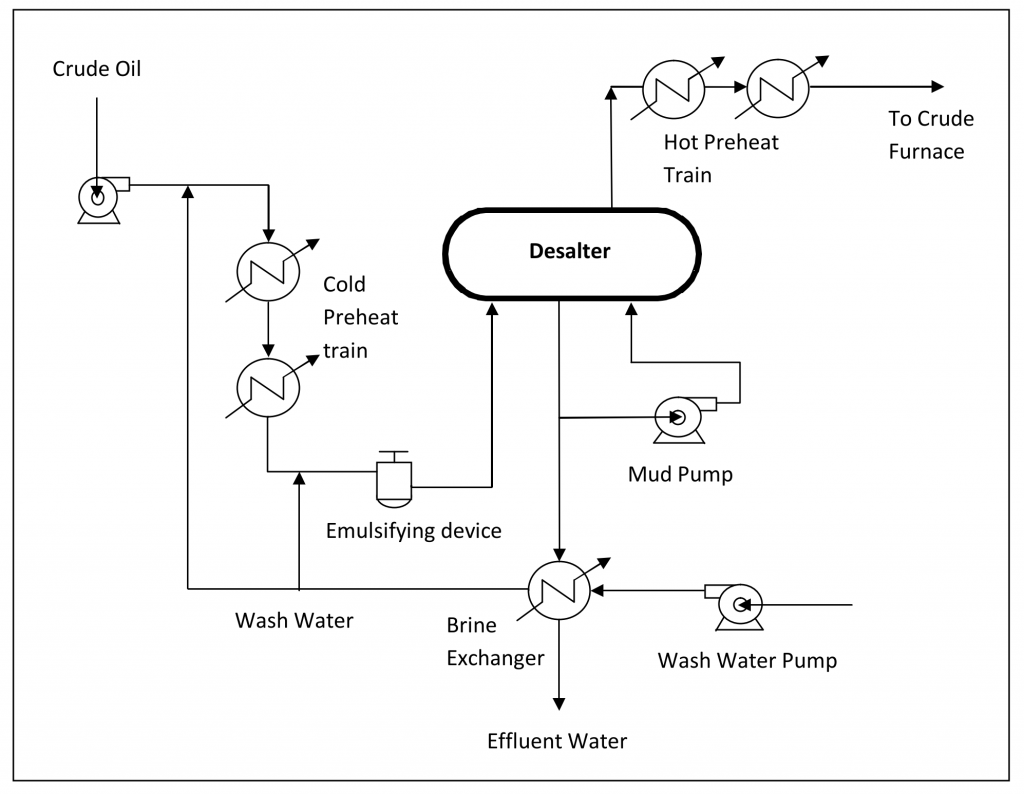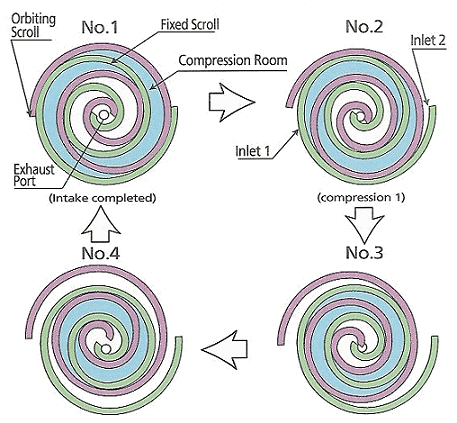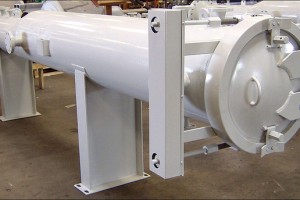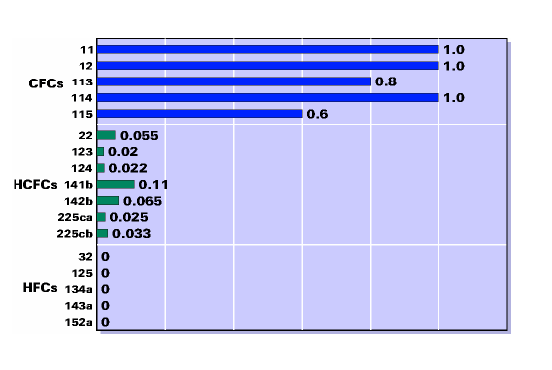Purpose of crude oil desalting
Crude oil introduced to refinery processing contains many undesirable impurities, such as sand, inorganic salts, drilling mud, polymer, corrosion byproduct, etc. The purpose of crude oil desalting is to remove these undesirable impurities, especially salts and water, from the crude oil prior to distillation.
The salt content in the crude oil varies depending on source of the crude oil. When a mixture from many crude oil sources is processed in refinery, the salt content can vary greatly.
The most concerns of the impurities in crude oil:
- The Inorganic salts can be decomposed in the crude oil pre-heat exchangers and heaters. As a result, hydrogen chloride gas is formed which condenses to liquid hydrochloric acid at overhead system of distillation column, that may causes serious corrosion of equipment.
- To avoid corrosion due to salts in the crude oil, corrosion control can be used. But the byproduct from the corrosion control of oil field equipment consists of particulate iron sulfide and oxide. Precipitation of these materials can cause plugging of heat exchanger trains, tower trays, heater tubes, etc. In addition, these materials can cause corrosion to any surface they are precipitated on.
- The sand or silt can cause significant damage due to abrasion or erosion to pumps, pipelines, etc.
- The calcium naphthanate compound in the crude unit residue stream, if not removed can result in the production of lower grade coke and deactivation of catalyst of FCC unit
Benefits of Crude Oil Desalting
- Increase crude throughput
- Less plugging, scaling, coking of heat exchanger and furnace tubes
- Less corrosion in exchanger, fractionators, pipelines, etc.
- Better corrosion control in CDU overhead
- Less erosion by solids in control valves, exchanger, furnace, pumps
- Saving of oil from slops from waste oil
Desalting process
The desalting process is completed in following steps:
- Dillution water injection and dispersion
- Emusification of diluted water in oil
- Distribution of the emulsion in the electrostatic field
- Electrostatic coalescence
- Water droplet settling
Crude oil passes through the cold preheat train and is then pumped to the Desalters by crude charge pumps. The recycled water from the desalters is injected in the crude oil containing sediments and produced salty water. This fluid enters in the static mixer which is a crude/water disperser, maximizing the interfacial surface area for optimal contact between both liquids.
The wash water shall be injected as near as possible emulsifying device to avoid a first separation with crude oil. Wash water can come from various sources including relatively high salt sea water, stripping water, etc. The static mixers are installed upstream the emulsifying devices to improve the contact between the salt in the crude oil and the wash water injected in the line.
The oil/water mixture is homogenously emulsified in the emulsifying device. The emulsifying device (as a valve) is used to emulsify the dilution water injected upstream in the oil. The emulsification is important for contact between the salty production water contained in the oil and the wash water. Then the emulsion enters the Desalters where it separates into two phases by electrostatic coalescence.
The electrostatic coalescence is induced by the polarization effect resulting from an external electric source. Polarization of water droplets pulls them out from oil-water emulsion phase. Salt being dissolved in these water droplets, is also separated along the way.
The produced water is discharged to the water treatment system (effluent water). It can also be used as wash water for mud washing process during operation.
A desalting unit can be designed with single stage or two stages. In the refineries, the two stages desalting system is normally applied, that consists of 2 electrostatic Coalescers (Desalter).





